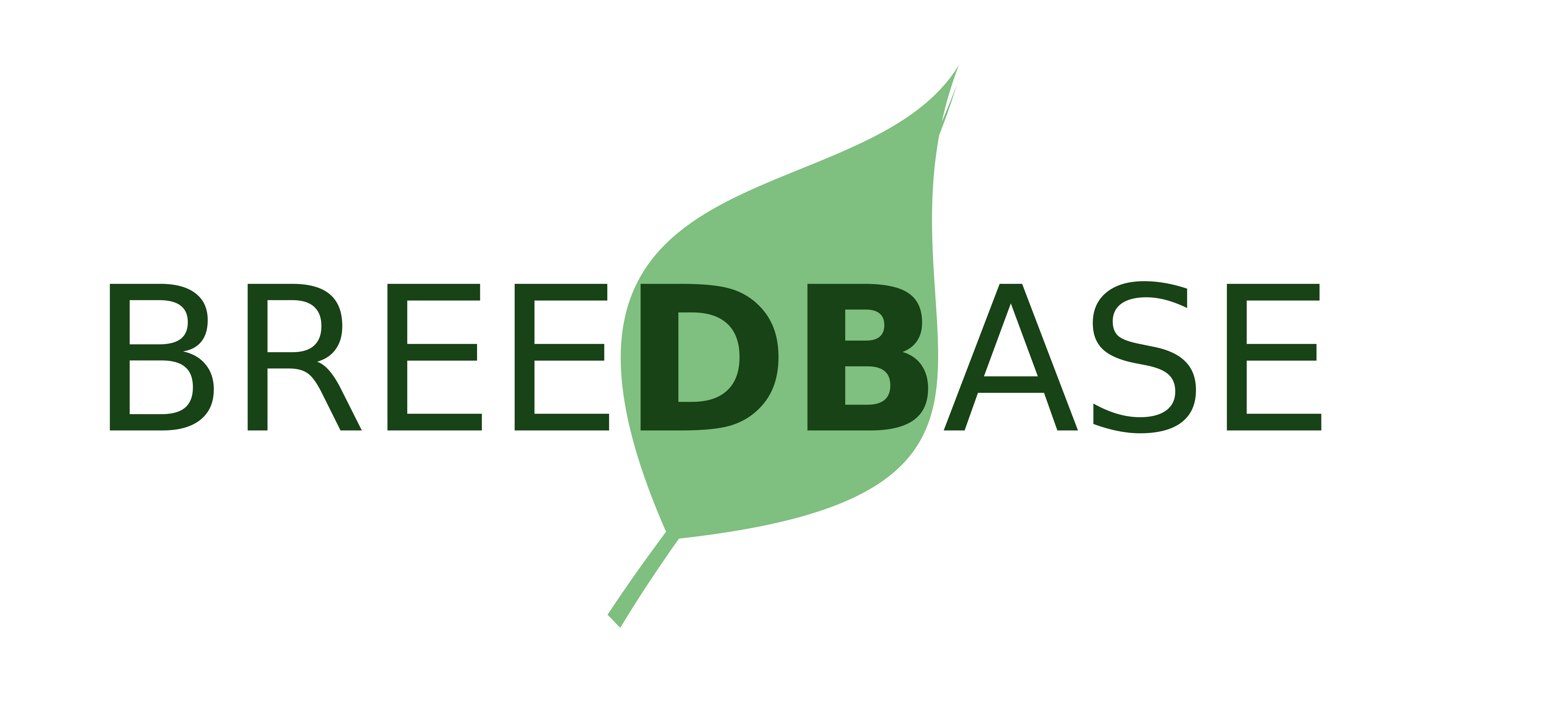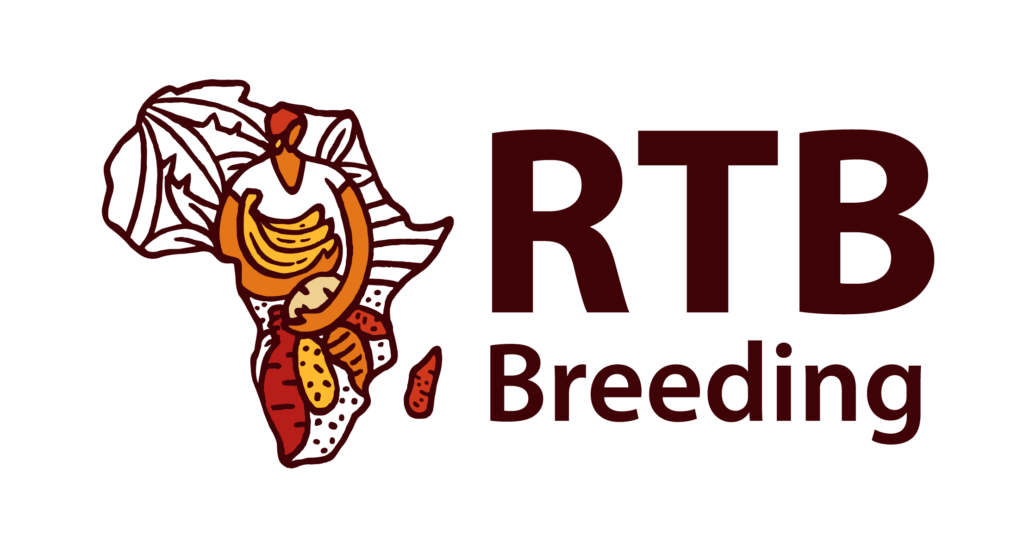
Tomato Comparative and Quantitative Proteomics
Tomato has long served as model system for fleshy fruit development, and is an excellent system to study cell wall proteins as it is associated with dramatic changes in wall biology, including enzyme-mediated cell wall polysaccharide degradation, apoplastic sugar metabolism and extracellular defenses against microbial pathogens. However, there are few published proteomic analyses of ripening tomato fruit and most of those are based on extraction of total proteins followed by 2-DE separation, and the wall proteome was not the major target. Consequently, the protein extraction step was not optimized for secreted proteins.
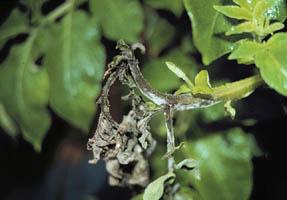
Tomato leaves infected by P. infestans.
Similarly, defense responses against pathogens are also fundamentally associated with changes in the expression of secreted apoplastic proteins, but there have been few systematic studies at the proteome level.
We have been developing methods to obtain sample materials highly enriched in apoplast/cell wall proteins, including vacuum dehydration, centrifugal dehydration and several methods that involve the centrifugal isolation of the cell wall followed by sequential extraction with solutions of increasing ionic strength. Taken together, the goal is to create a more comprehensive catalog of the tomato cell wall proteome, focusing on fruit and leaves at various stages of infection by the oomycete Phytophthora infestans. This will include both protein identification and quantitative data, to gain insights into the dynamic properties of the tomato secretome. Additionally we have been profiling "total proteomes"; and screening the resulting protein populations for those known to be localized in the cell wall with a predicted secretory signal peptide, or that are glycosylated.
We have been applying several approaches for comparative proteomic analysis, including Difference Gel Electrophoresis (DIGE), isobaric Tag Relative Absolute Protein Quantitation (iTRAQ), exponentially modified protein abundance index (emPAI) and MSE. The latter two approaches were found to provide accurate relative quantitation data on par with that provided by iTRAQ at significantly reduced cost, but without the ability to multiplex. They have been integrated into our work flow and are used where appropriate. We have also developed a high/low pH reverse phase-reverse phase (RP-RP) separation protocol to fractionate peptides prior to MS analysis. This new approach complements the traditional strong cation exchange (SCX) RP strategy and the Offgel peptide IEF fractionation.
| Objectives |
- Qualitative and quantitative characterization of the tomato proteome, focusing principally on tomato fruit development and ripening, and tomato leaves at different stages of infection by P. infestans. Additional targets include proteins that are regulated by abiotic stresses.
- Compare the data with equivalent transcriptome and metabolome data. Screen for the presence of phosphorylated secreted proteins and small peptides.
Comparative proteomic analysis of the tomato-P. infestans pathosystem
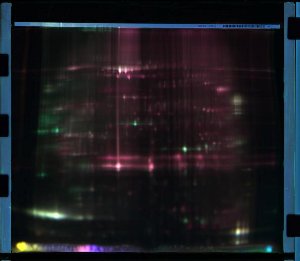
DIGE gel of proteins from P. infestans infected tomato leaves.
We are characterizing the dynamics of host-pathogen secretomes in leaves during infection by the oomycete P. infestans, during distinct phases of hemibiotrophic infection, using both DIGE and iTRAQ supported with 454-generated transcript profiling.
Comparative proteomic analysis of tomato fruit ripening
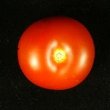 |
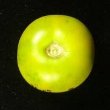 |
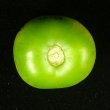 |
Wild type ripe tomato fruit (left), and equivalent stage fruit from the nor (middle) and rin (right) mutants.
We are profiling the cell wall proteome of ripening tomato fruit, contrasting those of wild type (cv. Ailsa Craig) and several ripening impaired mutants: ripening inhibitor (rin), non-ripening (Nor) and never ripe (Nr). While the genes responsible for all these mutations have been cloned, and important progress has been made in elucidating their respective signaling pathways, numerous aspects remain poorly understood and the degree of regulatory complexity and the multiplicity of underlying molecular mechanisms have far exceeded expectations.
| Data Sets |
| Publications |

- Damasceno, C.M.B. and Rose, J.K.C. (2007) Tandem-Affinity Purification (TAP) tags. Encyclopedia of Life Sciences. Pub. John Wiley & Sons, Ltd: Chichester. http://www.els.net
- Giovannoni, J. (2007) Fruit ripening mutants yield insights into ripening control. Current Opinion in Plant Biology 10: 283-289.
- Urbanowicz, B.R., Bennett, A.B., Català, C., del Campillo, E., Hayashi, T., Henrissat, B., Höfte, H., McQueen-Mason, S., Patterson, S., Shoseyov, O., Teeri, T. and Rose, J.K.C. (2007) Structural organization and a standardized nomenclature for plant endo-1,4-beta-glucanases of glycosyl hydrolase family 9. Plant Physiology 144: 1693-1696.
- Vincent, A.R., Saladie, M., Rose, J.K.C. and Labavitch, J.M. (2007) The linkage between cell wall metabolism and the ripening-associated softening of fruits: looking to the future. Journal of the Science of Food and Agriculture 87: 1435-1448.
- Urbanowicz, B.R., Català, C., Irwin, D., Wilson, D.B., Ripoll, D.R. and Rose, J.K.C. (2007) A tomato endo-beta-1,4-glucanase, SlCel9C1, represents a distinct subclass with a new family of carbohydrate binding modules (CBM49). Journal of Biological Chemistry 282: 12066-12074
- Zhou, S., Sauve, R., Thannhauser, T.W. (2009) Aluminum induced proteome changes in tomato cotyledons. Plant Signaling and Behavior 4: 769-772.
- Zhou, S.P., Sauve, R. and Thannhauser, T.W. (2009) Proteome changes induced by aluminium stress in tomato roots. Journal of Experimental Botany 60: 1849-1857.
- Xiang, B.S. Yang, X.L. Thannhauser, T.W. (2009) Protein N- and C-termini identification using mass spectrometry and isotopic labeling. Rapid Communications in Mass Spectrometry 23: 2102-2106.
- Vrebalov, J., Pan, I.L., Matas, A.J., McQuinn, R., Chung., M.Y., Poole, M., Rose, J.K.C., Seymour, G., Giovannoni, J.J. and Irish, V.F. (2009) Fleshy fruit expansion and ripening are regulated by the Tomato SHATTERPROOF gene TAGL1. Plant Cell 21:3041-62.
- Rugkong A., Rose, J.K.C., Lee, S.-J., Giovannoni, J.J., O'Neill, M. and Watkins, C.B. (2010) Cell wall metabolism in cold-stored tomato fruit. Postharvest Biology and Technology 57: 106-113.
- Pan, I.L., McQuinn, R., Giovannoni, J.J., Irish, V.F. (2010) Functional diversification of AGAMOUS lineage genes in regulating tomato flower and fruit development. Journal of Experimental Botany 61: 1795-1806.
- Zhou, S.P., Sauve, R.J., Liu, Z., Reddy, S., Bhatti, S., Hucko, S.D., Fish, T., and Thannhauser, T.W. (2011) Identification of salt-induced changes in leaf and root proteomes of the wild tomato, Solanum chilense. Journal of the American Society for Horticultural Science 136: 288-302.
- Zhou, S.P., Sauve, R,J., Liu, Z., Reddy, S., Bhatti, S., Hucko, S.D., Yong, Y., Fish, T. and Thannhauser, T.W. (2011) Heat-induced proteome changes in tomato leaves. Journal of the American Science for Horticultural Science. 136: 219-226.
- Rugkong, A., McQuinn, R., Giovannoni, J.J., Rose, J.K.C. and Watkins, C.B. (2011) Expression of ripening-related genes in cold stored tomato fruit. Postharvest Biology and Technology 61: 1-14.
- Centeno, D., Nunes-Nesi, A., Osorio, S., Bertolo, A.L. F., Carneiro, R.T., Luiz-Aranjo W., Steinhauser, M.-C., Michalska, J., Rohrmann, J., Geigenberger, P., Oliver, S., Stitt, M., Carrari, F., Rose, J.K.C. and Fernie, A.R. (2011) Malate plays a crucial role in starch metabolism, ripening, and soluble solid content of tomato fruit and affects postharvest softening. The Plant Cell 23: 162-184.
- The Tomato Genome Consortium (2012) The tomato genome sequence provides insights into fleshy fruit evolution. Nature 485: 635-641.


